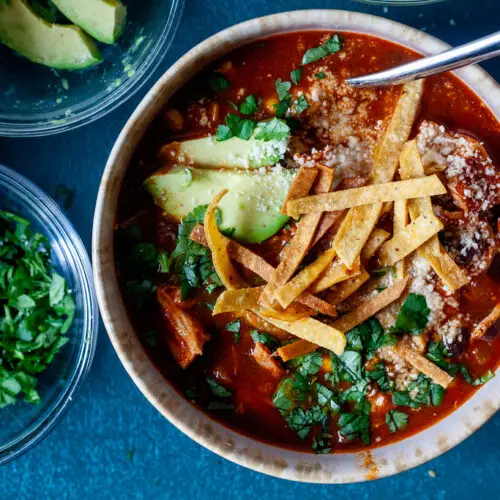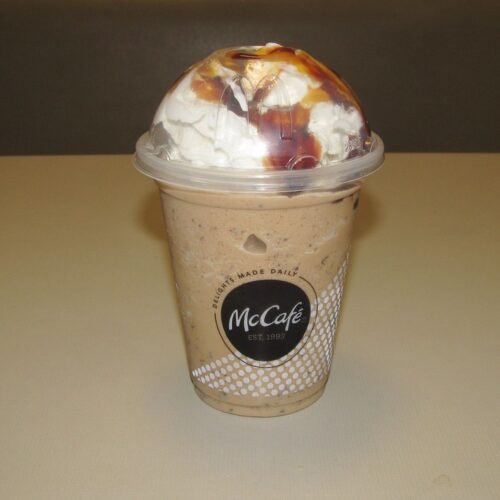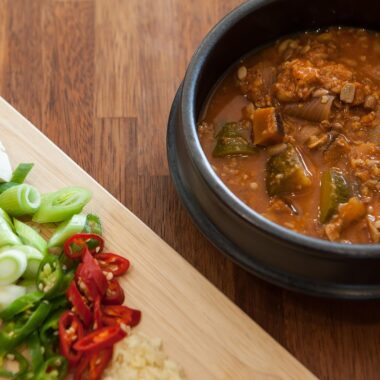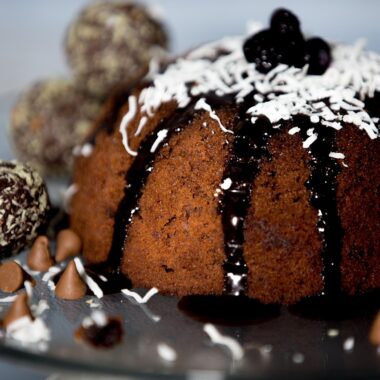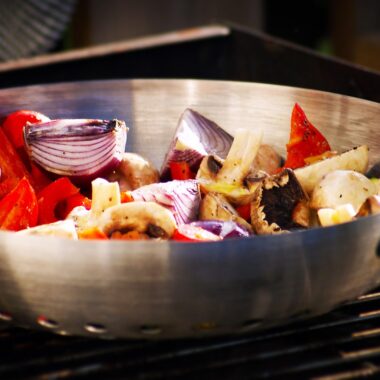What’s Red Cup Day at Starbucks? A Comprehensive Look at the Holiday Tradition
Every November, as the first chill of winter creeps into the air and holiday playlists start infiltrating coffee-shop speakers, Starbucks unleashes one of its most anticipated annual events: Red Cup Day. For millions of customers worldwide, the sight of baristas handing over drinks in signature crimson cups signals the unofficial start of the holiday season. But what exactly is Red Cup Day, how did it begin, and why does it spark such fervor (and occasional frenzy)? This article explores the history, mechanics, cultural impact, controversies, and future of Starbucks’ most colorful marketing triumph.
1. The Basics: What Happens on Red Cup Day?
At its core, Red Cup Day is a one-day promotion where Starbucks gives away a free reusable red holiday cup with the purchase of any handcrafted holiday beverage (or select fall drinks in some years). The event typically falls on the first Thursday of November, though Starbucks keeps the exact date under wraps until a week or two prior—fueling speculation and social-media buzz.
Eligible Drinks (2025 Examples)
- Peppermint Mocha
- Caramel Brûlé Latte
- Chestnut Praline Latte
- Sugar Cookie Almondmilk Latte
- Iced Gingerbread Oatmilk Chai
- Any custom holiday creation (e.g., a Cran-Merry Refresher with cold foam)
Customers receive the limited-edition reusable cup (usually 16 oz, hot-drink friendly, BPA-free plastic) while supplies last. Once stores run out—often within hours—the promotion ends, even if it’s only 9 a.m.
Key Rules
- One cup per customer per transaction
- In-store only (mobile order pickup sometimes qualifies, but drive-thru is hit-or-miss)
- No refills or returns—the cup is a gift, not a container for free refills
- No purchase of non-qualifying items (e.g., bottled drinks, food, or merchandise)
2. Origin Story: From Paper Cups to Cultural Phenomenon
The red cup tradition didn’t begin with reusable plastic. Starbucks first introduced holiday-themed red cups in 1997, replacing the standard white cups with festive designs featuring snowflakes, ornaments, and minimalist winter motifs. The shift was subtle—no free cups, no announcement—just a quiet nod to the season.
The Turning Point: 2015
The modern Red Cup Day era exploded in 2015, when Starbucks debuted a two-tone ombre red cup (dark red fading to bright crimson) with no explicit holiday imagery. The minimalist design sparked a firestorm:
- Critics (including then-presidential candidate Donald Trump) accused Starbucks of waging a “war on Christmas.”
- Supporters praised the inclusive, secular aesthetic.
- Hashtags like #ItsJustACup and #RedCupControversy trended globally.
Starbucks leaned into the chaos. CEO Howard Schultz defended the design, saying, “We wanted to usher in the holidays with a purity of design that welcomes all of our stories.” The controversy generated billions of media impressions—free advertising on steroids.
Reusable Cups Enter the Chat (2020)
In 2020, amid COVID-19 restrictions, Starbucks pivoted: instead of paper red cups, they gave away reusable red cups with holiday drink purchases. The move aligned with sustainability goals (Starbucks aims for 50% waste reduction by 2030) while creating a collectible item. The 2020 cup featured a ribbon design with dotted accents; only 10 million were produced globally.
The reusable cup model stuck. What began as a pandemic workaround became the defining feature of Red Cup Day.
3. The Collectibility Factor: Why People Line Up at 5 A.M.
Unlike a paper cup you toss after one use, the reusable red cup is:
- Functional: Dishwasher-safe, fits in most cup holders, compatible with Starbucks’ “personal cup” discount (10¢ off in the U.S., 25¢ in Canada).
- Collectible: Each year’s design is unique—past motifs include polka dots (2021), retro gift-wrap vibes (2022), and glowing ornaments (2024).
- Scarce: Starbucks caps production (e.g., ~12 million cups in 2024), ensuring rapid sell-outs.
eBay Resale Prices (Historical)
| Year | Design Theme | Original | Peak Resale |
|---|---|---|---|
| 2020 | Ribbon + Dots | Free | $45 |
| 2021 | Polka Dots + Wrap | Free | $60 |
| 2023 | Jeweled Ornaments | Free | $35 |
| 2024 | Glowing Lights | Free | $75 |
Savvy fans camp outside stores or coordinate multi-location runs. In 2023, a Seattle TikToker documented hitting seven stores before 8 a.m., scoring 14 cups to resell.
4. The Social Media Engine
Red Cup Day is made for Instagram. The cups photograph beautifully—especially with whipped cream, candy canes, or fairy lights. Hashtags like #RedCupDay, #StarbucksRedCup, and #HolidayCup generate tens of millions of posts annually.
Viral Moments
- 2021: A barista in Ohio wrote “Happy Holidays” in Braille on a cup for a blind customer—shared 2.1 million times.
- 2022: A UK influencer staged a “red cup wedding” photo shoot in a Starbucks—1.8 million likes.
- 2024: AI-generated “leaked” red cup designs fooled thousands (including news outlets) before the official reveal.
Starbucks amplifies the hype with AR filters (scan the cup to see animated snowflakes) and playlist drops (the “Starbucks Holiday” Spotify playlist gains 500,000 followers overnight).
5. Behind the Counter: What Red Cup Day Means for Baristas
For employees, Red Cup Day is retail Black Friday.
Operational Chaos
- Lines out the door by 5:30 a.m. (some stores open at 5 a.m. specifically for the event).
- Inventory stress: Cups are pre-allocated; running out early triggers customer meltdowns.
- Drink volume: Stores sell 3–5x normal holiday beverage volume. A busy location might sling 1,200 peppermint mochas in 6 hours.
Employee Perks (and Gripes)
- Free cups: Baristas usually get one (sometimes two) for personal use.
- Overtime pay: Many stores schedule extra staff at time-and-a-half.
- Burnout: Complaints of “entitled” customers demanding cups without qualifying purchases are common on r/Starbucks.
“I made 47 Gingerbread Lattes in 20 minutes. My hands smelled like nutmeg for three days.” — Anonymous Portland barista, 2023
6. Sustainability: Greenwashing or Genuine Progress?
Starbucks touts Red Cup Day as a sustainability win: reusable cups reduce paper waste. But critics argue:
- Planned obsolescence: Customers buy drinks to get the cup, not to reuse it long-term.
- Plastic production: Each cup requires petroleum-based plastic (though Starbucks claims 10% recycled content in 2024).
- Landfill fate: A 2022 survey found 68% of recipients used the cup fewer than five times.
Starbucks counters with data: customers using personal cups (including red cups) saved 3.1 billion paper cups in 2024. The company also piloted returnable cup programs in six markets, where red cups can be returned for cleaning and reuse.
7. Global Variations
Red Cup Day isn’t uniform worldwide.
| Region | Twist |
|---|---|
| Japan | Sakura-inspired red cups; matcha holiday lattes qualify. |
| UK | Reusable cups feature Union Jack ribbon; free with any festive drink. |
| China | WeChat-exclusive digital red cup filters; physical cups sell out in minutes. |
| Middle East | Non-caffeinated cranberry hibiscus refreshers dominate qualifying drinks. |
In Muslim-majority countries, designs avoid explicit Christmas imagery (e.g., snowflakes instead of trees).
8. Controversies Beyond 2015
The 2015 “war on Christmas” wasn’t the last scandal.
2021: Supply Chain Shortages
A global plastic shortage limited cups to 8 million. Stores in rural U.S. areas received zero, sparking accusations of urban bias.
2023: Union Busting Allegations
Starbucks Workers United claimed the company withheld red cups from unionized stores as retaliation. The NLRB investigated; Starbucks denied the charges.
2024: AI Design Backlash
The glowing-ornament cup was partially designed using generative AI. Artists protested; Starbucks pledged to credit human designers in 2025.
9. The Economics of Red Cup Day
Starbucks doesn’t disclose exact figures, but analysts estimate:
- Foot traffic spike: +400% vs. average November Thursday.
- Same-store sales: +12–18% uplift.
- Media value: $50–80 million in earned media annually.
The cups cost Starbucks ~$0.80 each to produce (bulk estimate). With ~12 million distributed, that’s $9.6 million in giveaways—offset by $60–80 million in incremental beverage sales.
10. Fan Rituals and Subcultures
Red Cup Day has spawned traditions:
- Cup swapping meetups: Facebook groups organize trades (e.g., 2022 wrap cup for 2021 polka dots).
- DIY customization: Etsy sells red cup vinyl decals ($8–15).
- Charity drives: Schools collect gently used red cups for art projects.
In 2024, a Michigan bookstore hosted a “Red Cup Poetry Night” where patrons read holiday poems from inside Starbucks red cups.
11. The Future of Red Cup Day
Starbucks faces pressure to evolve:
Potential Changes
- Digital red cups: NFT-style collectibles tied to the Starbucks Rewards app.
- Regional exclusives: State- or city-specific designs to reduce resale arbitrage.
- Borrow-a-cup expansion: Scaling returnable cup programs to replace giveaways.
CEO Laxman Narasimhan hinted in a 2025 earnings call: “Red Cup Day will always exist, but its form may surprise you.”
12. How to “Win” Red Cup Day (Pro Tips)
- Follow @Starbucks on X/Twitter—the drop announcement usually hits 48 hours prior.
- Scout store inventory the night before (some locations post cup counts on community boards).
- Order the cheapest qualifying drink (e.g., $4.75 short Peppermint Hot Chocolate).
- Hit multiple locations—use the Starbucks app to check “open now” filters at 5 a.m.
- Bring a friend—double the transactions, double the cups (within reason).
Conclusion: More Than a Cup
Red Cup Day is retail theater, environmental messaging, and cultural lightning rod rolled into one. It transforms a $5 latte into a status symbol, a barista’s shift into a gauntlet, and a corporation’s balance sheet into a holiday miracle. Whether you camp out at dawn or roll your eyes at the hype, the red cup endures as Starbucks’ most ingenious invention—a disposable moment that somehow feels permanent.
So the next time a barista slides a crimson cup across the counter, remember: you’re not just holding coffee. You’re holding a piece of modern holiday folklore.



